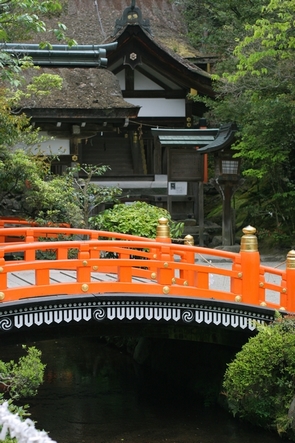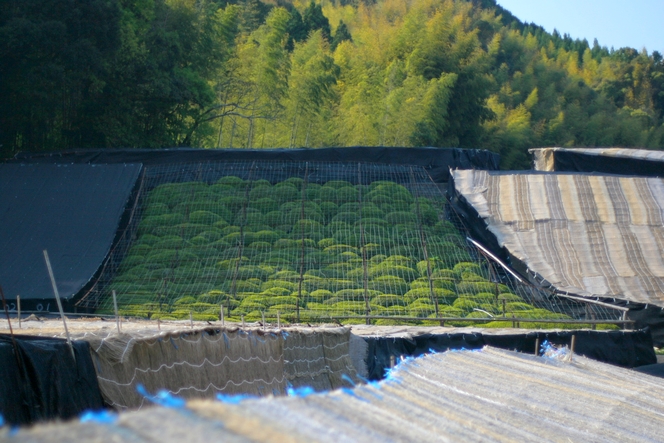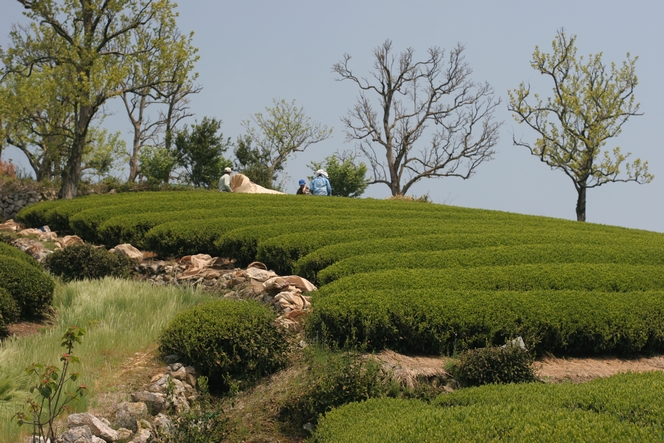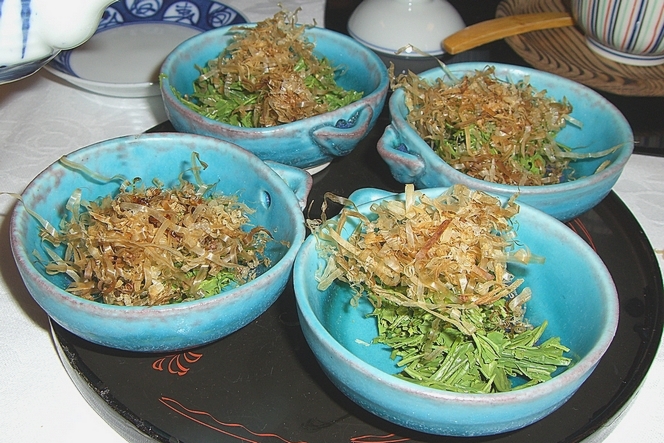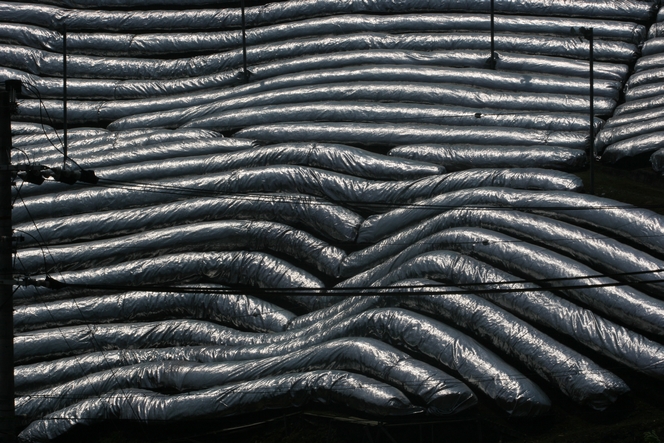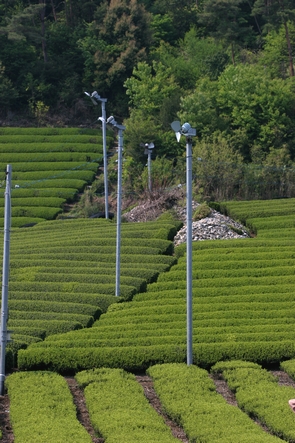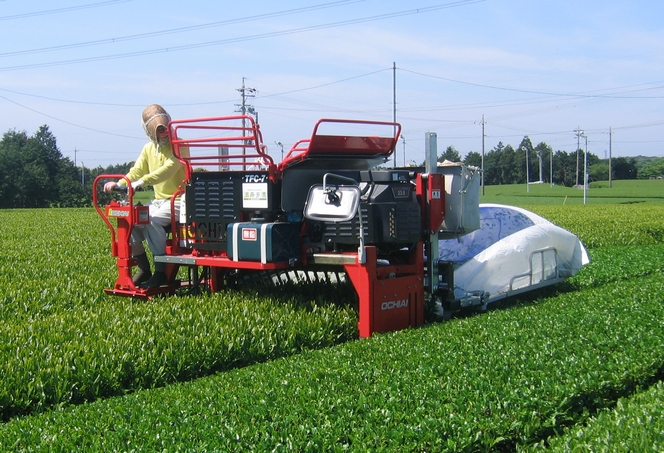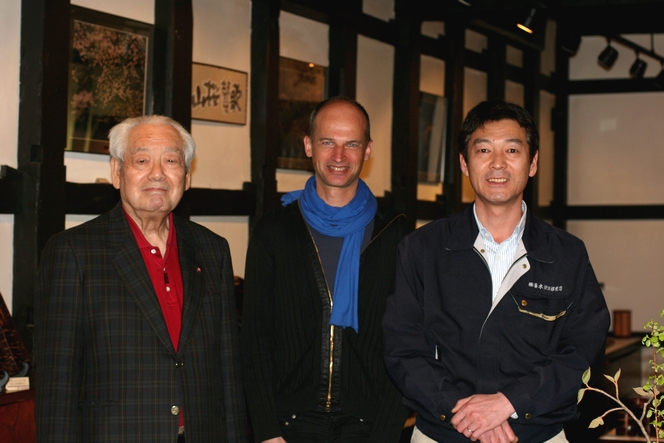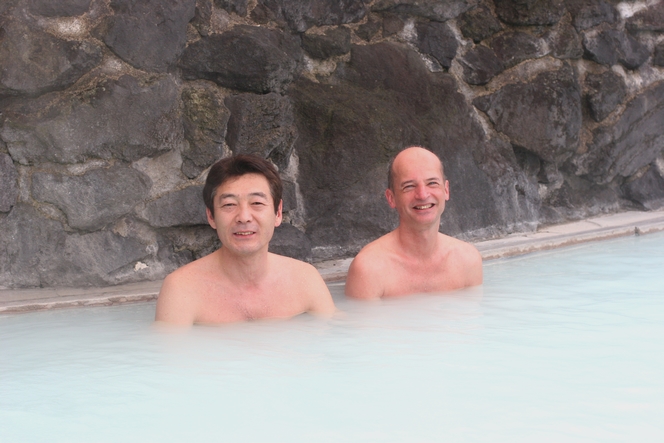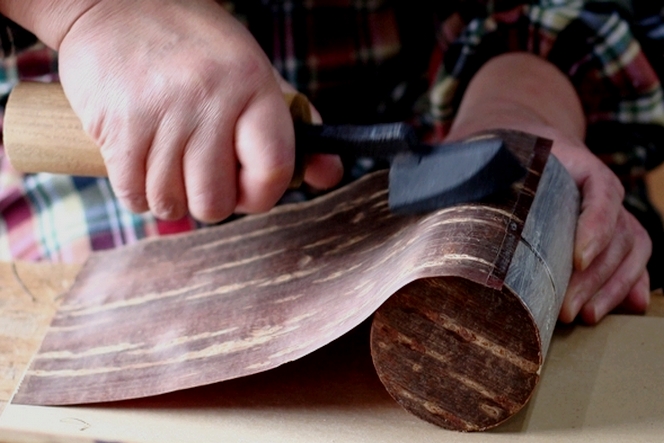There is a Japanese tradition that is completely unrelated to tea, but I like it so much I want to tell you about it. It is about the famous onsen, the hot springs.
In a volcanic country like Japan, with all that matter fermenting together underground, it is no surprise that boiling water erupts from the ground everywhere. There are many hot springs in the land of the rising sun.
The water temperature is so high that even in the middle of winter, it can make you hot even when your shoulders are exposed to the cold air.
The onsen are an extremely popular destination among the Japanese: they bathe in them to relax, rest and even cure themselves. They spend weekends, even entire vacations, in them. You go to the onsen with your family and your friends. When you go with a client, or a business contact, it is known as “hadaka no tsukiai”, or “naked communion”. The Japanese believe that bathing together, naked, is a way of showing yourself as you really are, with nothing to hide. This is important, they say, if you want to forge transparent business relations.
Here, near lake Tazawa, the deepest in the country, I am taking part in “hadaka no tsukiai” with Koichi Fujiki, a producer of tea canisters. We want to work together, for a long time, to be able to trust each other in business, without hiding anything. And this is how you do it!

